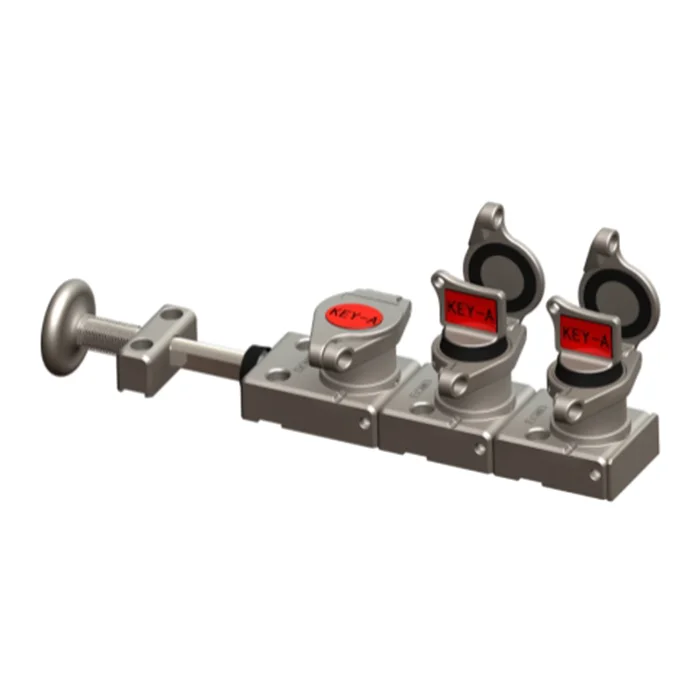Rain-Ready Retreats: Choosing the Best Tent for Wet Weather Adventures
When it comes to camping, the weather can be unpredictable, and rain can quickly turn a delightful outdoor experience into a soggy ordeal. Therefore, selecting the right tent is crucial for ensuring comfort and protection during wet conditions. This article delves into the various types of tents available, their features, and how to choose the best one for rainy weather, ensuring that your outdoor adventures remain enjoyable, regardless of the forecast.
Understanding Tent Types
Before diving into the specifics of rain protection, it's essential to understand the different types of tents available on the market. Each type has its unique advantages and disadvantages, particularly when it comes to handling rain.
- Dome Tents:
Dome tents are among the most popular choices for campers. Their aerodynamic shape allows rain to easily slide off, reducing the risk of water pooling on the roof. Additionally, many dome tents come with a rainfly, which provides an extra layer of protection against moisture. Look for models with a high waterproof rating (measured in millimeters) for optimal performance in wet conditions. - Tunnel Tents:
Tunnel tents are elongated and offer excellent space and stability. They are designed to withstand strong winds and heavy rain, making them suitable for adverse weather conditions. The sloped sides help water run off effectively, but it’s crucial to ensure that the tent is pitched correctly to avoid water pooling at the entrance. - Geodesic Tents:
For those who venture into extreme weather conditions, geodesic tents are a top choice. Their complex pole structure provides superior stability and wind resistance. These tents often feature robust materials and high waterproof ratings, making them ideal for heavy rain and storms. - Backpacking Tents:
Lightweight and compact, backpacking tents are designed for portability. While they may not offer as much space as other types, many models are engineered with waterproof materials and rainflies. When selecting a backpacking tent for rainy conditions, prioritize those with a solid waterproof rating and a bathtub floor design to keep water out.
Key Features to Look For
When selecting a tent for rainy weather, certain features can significantly enhance your camping experience. Here are some critical aspects to consider:
- Waterproof Rating:
The waterproof rating, measured in millimeters (mm), indicates how much water pressure a tent can withstand before leaking. A rating of 1,500 mm is generally considered adequate for light rain, while 3,000 mm or higher is recommended for heavy downpours. - Seam Sealing:
Tents with taped or sealed seams prevent water from seeping through the stitching. This feature is particularly important in rainy conditions, as unsealed seams can be a significant source of leaks. - Rainfly:
A rainfly is an essential component for any tent used in wet weather. It acts as an additional barrier against rain and should extend well beyond the tent body to provide adequate coverage. Look for rainflies that are made from durable, waterproof materials. - Bathtub Floor Design:
A bathtub floor design features raised edges that help keep water from entering the tent. This design is crucial for preventing water from pooling inside, especially during heavy rain. - Ventilation:
While keeping water out is essential, proper ventilation is equally important to prevent condensation inside the tent. Look for tents with adjustable vents or mesh panels that allow airflow while keeping rain out.
Additional Tips for Rainy Camping
In addition to selecting the right tent, there are several strategies you can employ to enhance your camping experience in the rain:
- Choose the Right Location:
When setting up your tent, look for elevated ground to avoid water pooling. Avoid low-lying areas and natural drainage paths where water may accumulate. - Use a Ground Tarp:
Placing a ground tarp underneath your tent can provide an extra layer of protection against moisture from the ground. Ensure that the tarp is smaller than the tent footprint to prevent water from pooling underneath. - Practice Proper Setup:
Familiarize yourself with your tent's setup process before heading out. Practice setting it up in dry conditions to ensure you can do it quickly and efficiently in the rain. - Keep Gear Dry:
Use waterproof bags or dry sacks to store your gear inside the tent. This will help keep your belongings dry and organized, even if the weather turns sour.
Conclusion
Choosing the best tent for rainy conditions involves understanding the various types of tents available and the features that enhance their performance in wet weather. By considering factors such as waterproof ratings, seam sealing, and ventilation, you can select a tent that will keep you dry and comfortable during your outdoor adventures. With the right preparation and equipment, you can embrace the rain and enjoy the beauty of nature, no matter the weather. Happy camping!

Average Rating